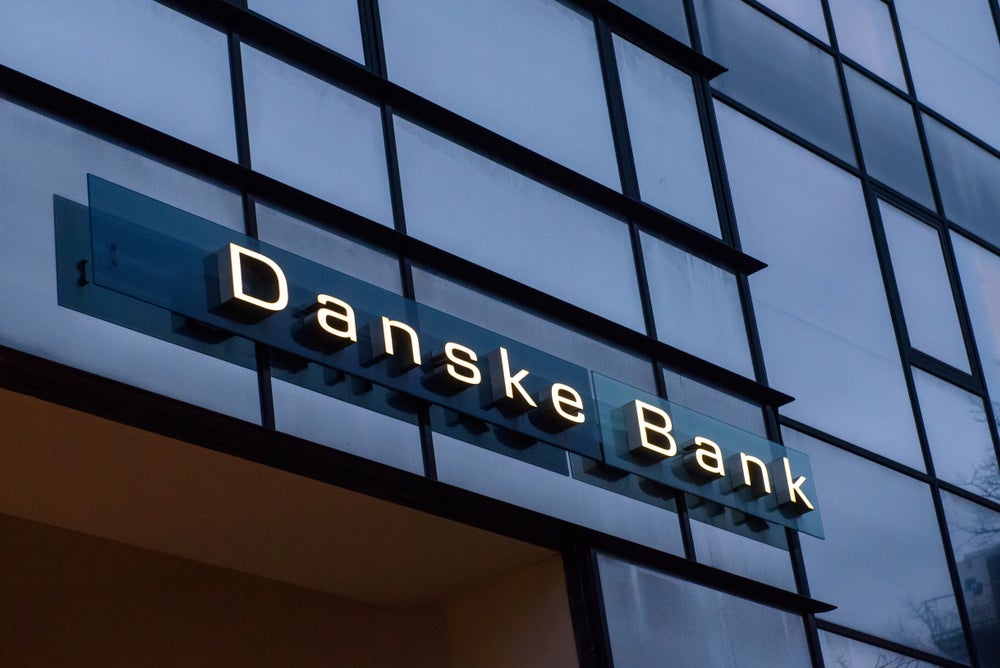Many banks around the world have made insurance a big
revenue earner for 2008. The latest World Insurance Report
states banks can indeed capitalise on the growth of retail
insurance, though it warns the internet is continuing its upwards
march and is rapidly becoming the primary distribution channel in
many markets.
The latest World Insurance Report from consultancy
Capgemini and the European Financial Management and Marketing
Association, published at the end of January, paints a wholly
positive picture of retail insurance demand around the world – and
the opportunities for banks in the retail insurance market.
Use of the bancassurance channel is growing globally, for instance,
as are joint ventures, particularly in emerging markets such as
India and China.
But there are warnings, for both insurance companies and banks: in
many markets, while consumer take-up of insurance is rising,
customer loyalty is sliding, fuelled largely by ever-greater online
competition as well as stiffer consumer regulation. And while
opportunities in mature, saturated markets such as the UK remain
limited, with earnings threatened by over-competition, prospects in
emerging economies such as India and China are profound.
Impact of internet on distribution
The most startling shift, said the report’s authors, remains the
impact of the internet on insurance distribution. In the mature
markets studied (France, Germany, Italy, the Netherlands, Spain,
Switzerland, the UK and the US), 28 percent of customers said they
intended to buy their life-insurance policies online in three
years, and 34 percent said they would buy non-life policies
online.
Across life and non-life, on average, 11 percent of policies are
currently purchased online. By contrast, 56 percent of policies are
bought online by the segment of the population that uses the
internet (not necessarily exclusively) to inform their insurance
purchasing decisions.
How well do you really know your competitors?
Access the most comprehensive Company Profiles on the market, powered by GlobalData. Save hours of research. Gain competitive edge.

Thank you!
Your download email will arrive shortly
Not ready to buy yet? Download a free sample
We are confident about the unique quality of our Company Profiles. However, we want you to make the most beneficial decision for your business, so we offer a free sample that you can download by submitting the below form
By GlobalDataAnd the data shows 17 percent of customers in mature countries use
the internet for insurance-information purposes, compared with the
59 percent who use face-to-face interactions.
The rise of the internet, states the report, which surveyed some
11,000 insurance customers and industry executives, is “clearly
putting some existing distribution networks at risk”. It added:
“Internet distribution is not just an attractive delivery vehicle,
offering online-purchase capabilities. Rather, internet
distribution is perceived as a superior means of delivering those
three key factors that sway purchasers. In fact, the internet
scores so high in terms of price/delivery and product that it can
overcome any lingering concerns customers may have about
brand/trust issues.”
For the report, people were asked which factors would most likely
prompt them to buy insurance over the internet: customers from
mature markets said access to less expensive products would be the
most important factor, followed by the ease with which they can
access information and the quantity of available information. These
results were much the same for both life and non-life.
“It is no surprise that price tops the list, as no customer wants
to say price is not an issue. More notable is that the survey
reveals just how important the informative stage is to purchasing,”
says the report.
It adds that better marketing is key: the survey shows most
customers (55 percent) use their own insurance provider’s website
for product information. “This is heartening news for [providers],
and should encourage them to leverage that touch-point, providing
customers with all the information they might need, so they do not
need to stray to other sources. For instance, insurers can provide
their own integrated price-comparison tool for simple products,” it
says.
“Many customers also use price comparison websites (online
aggregators) and search engines. Insurers have to make sure they
participate fully in such ventures to ensure they appear
prominently among the results that customers receive when searching
for information that will drive their purchases.”
Distribution networks that will lose
out
The distribution networks that will lose out as internet use
broadens, states the report, will be telephone-sales networks and
alternative channels such as mobile salesforces, tied agents and
direct insurers. Mobile salesforces, in particular, rate especially
poorly in terms of their ability to deliver an effective rival
service. In contrast, banks, and the valuable bancassurance
distribution and sales relationship, should prosper. “Banks have
been able to enter the insurance market with great success, and
have now become a leading distribution network – especially for
life insurance – in mature markets such as Spain and France,” says
the report.
The survey shows that price is most often the first concern for
customers when they consider buying insurance through a bank. What
is striking, adds the report, is that convenience/ease of use is
the biggest influence on customers overall in terms of
bancassurance. Among all customers surveyed, a large number (37
percent for life coverage, 62 percent for non-life) cited
convenience/ease of use among the three factors that would make
them more likely to buy insurance through a bank in the next three
years.
“These findings suggest that while banks obviously need to be
competitive on price, it is convenience that will really
differentiate them,” concluded the report.
The value customers place on convenience/ease of use supports the
theory that banks have been able to capture market share in certain
insurance products because they have established a competitive
advantage on key factors of customer acquisition, such as the level
of customer interaction. On average, banks interact with their
customers at least once a week on regular banking needs, and they
have been able to capitalise on that connection to cross-sell other
financial products, and grow their wallet share across the
financial services spectrum.
Banks also have another weapon in their arsenal – they are
perceived to be credible providers of certain types of financial
products. In the survey, 53 percent of customers said they would
purchase insurance products through a bank, while only 26 percent
said they would buy banking products from an insurer (see bar
chart).

Banks also enjoy another key strength as distributors: they have
highly developed and efficient multichannel models – and tend to be
far more advanced than insurers. As a result, insurers that
distribute through a bank can increase their customer reach
exponentially, because of the number of channels utilised in the
banking sector.
“The bottom line is that banks have many competitive advantages
when competing in the insurance arena, and some insurers have
managed to use them as a lever, rather than seeing them as a
roadblock. In fact, given that some segments of customers have
already proven themselves to be committed bancassurance users,
insurers that fail to leverage the bancassurance route risk losing
access to certain segments and revenues altogether,” stressed the
report.


Customer inertia
Customer inertia has long been a characteristic of mature retail
insurance markets such as North America and Western Europe, and the
core insurance needs of these customers have largely been met. The
report shows a mature-market customer holds 5.2 policies on average
– 1.5 life policies, and 3.7 non-life – and they hold onto the same
policy for 9.2 years.
But fuelled by increased competition, easy access to more
information (again via the internet), enhanced customer mobility
(for example, due to changes in regulation such as France’s Chatel
law that makes it easier to switch contracts) and innovative
product choices from insurers (such as pay-as you-drive car
insurance), traditionally passive insurance customers are becoming
more volatile in their buying and loyalty patterns.
Contract turnover is already on the rise in many mature markets,
including Italy, Spain and the US. The turnover increase is
especially intense in the UK, where the average insurance customer
holds car insurance for just three years and household and property
insurance for only five years.
The report indicates insurance providers should expect trends such
as those emerging in the UK – where a significant portion of
non-life policies are now distributed through the internet, and the
total distributed through all types of non-physical networks now
exceeds the number sold through physical networks – to spread to
other mature markets, where customer volatility is already clearly
evident.
“While customer volatility poses a threat to some insurers, others
may find it offers growth opportunities by understanding, capturing
and even creating volatile customer clusters in their markets,”
said Bertrand Lavayssière, managing director of Capgemini Global
Financial Services.







